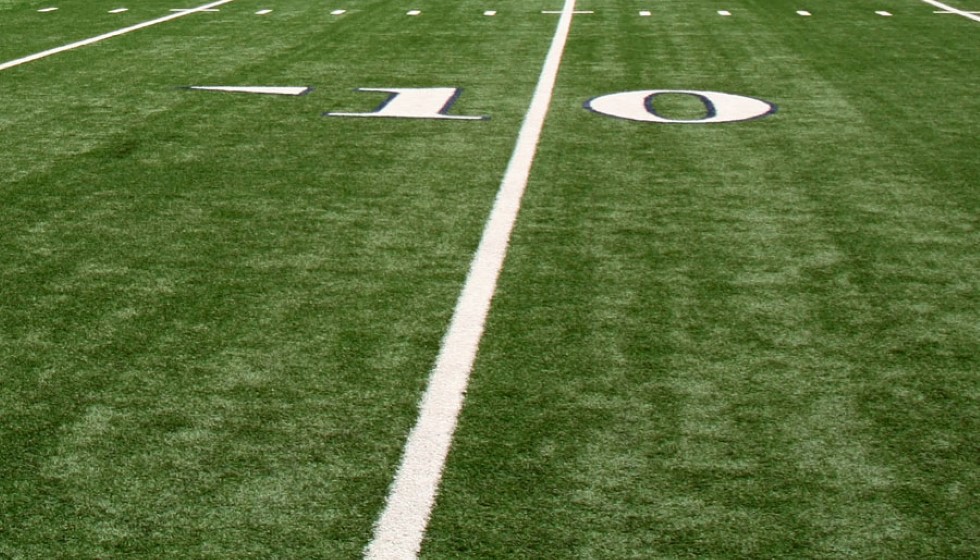
The return of the NFL marked an exciting moment for football fans with Thursday's Pro Football Hall of Fame Game, which signaled the opening act of the 2024 preseason. This year, the storied Chicago Bears squared off against the Houston Texans, providing fans with their first taste of competitive football since the offseason ended.
A Glimpse of the New Kickoff Rules
Beyond the excitement of seeing teams like the Bears and Texans back on the field, the Hall of Fame Game had an additional layer of intrigue. It showcased the NFL's revamped kickoff rules, which have been enacted on a trial basis for the 2024 season. These changes aim to balance entertainment value and player safety, a crucial aspect for the league.
The new regulations stipulate that all kicking-team players, except the kicker, must line up on the receiving team's 40-yard line. Meanwhile, at least nine players from the receiving team are required to position themselves in a Setup Zone between their 30- and 35-yard lines. This reshapes the traditional kickoff formation, aiming to reduce high-speed collisions that commonly occur during this play.
Innovation in Setup and Landing Zones
Under the new rules, only a maximum of two receiving-team players are allowed to stand within the Landing Zone, which spans from the goal line to the 20-yard line. Additionally, both Setup Zone players and kicking-team players are restricted from making any move until the kicked ball touches the ground or is fielded by a returner within the Landing Zone or end zone. This emphasizes the importance of precision and timing in executing kickoffs.
If the kicked ball lands before reaching the Landing Zone, the play is ruled dead, and the receiving team gains possession at its own 40-yard line. A kick that lands within the Landing Zone must be returned unless it reaches the end zone and is downed for a touchback, promoting more active returns and strategic planning in kickoffs.
A New Strategic Landscape
The treatment of touchbacks also sees changes: If the ball reaches the end zone and is downed, the receiving team starts from their own 20-yard line. Conversely, if the kick exits through the back of the end zone, the receiving team begins at their own 30-yard line. This differentiation could lead to varied strategic decisions based on the team's confidence in their return game's abilities.
While the majority of changes apply to the overall structure of kickoffs, the rules for onside kicks remain mostly unchanged. However, they can now only be attempted in the fourth quarter by a team that is trailing. This modification underlines the importance of timing and strategy, ensuring onside kicks are used in high-stakes moments.
Commitment to Player Safety
The NFL's decision to implement these changes on a provisional basis for the 2024 season underscores the league's commitment to evaluating these new rules' impacts closely. As the season progresses, they will monitor outcomes to determine if these rules will become a permanent fixture in the future. The priority is to find a balance that maintains the sport's entertainment value while prioritizing player health.
Future Implications
Players, coaches, and fans alike are eager to see how these new kickoff dynamics will affect game strategy, field positioning, and overall player performance. The Pro Football Hall of Fame Game served as the first real-world test of these new rules, and the insights gained will be invaluable for teams as they adapt to the evolving landscape of NFL football.
In conclusion, the Hall of Fame Game not only marked the return of NFL action but also set the stage for discussions about the future of the sport. The game's trial of new kickoff rules represents a thoughtful merging of traditional elements with modern concerns, laying the groundwork for a season rich with strategy and anticipation.